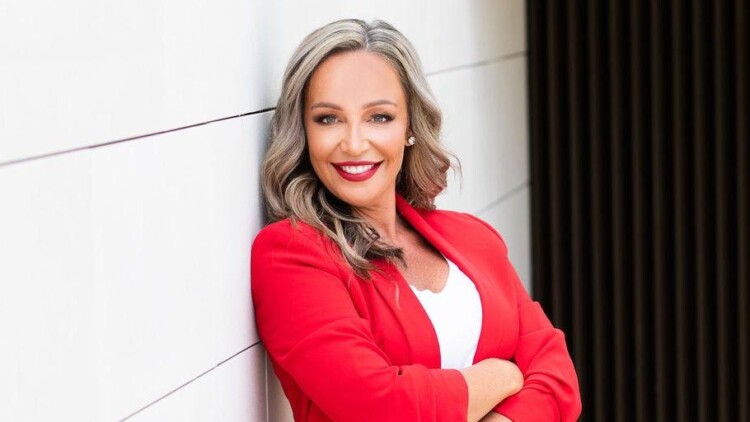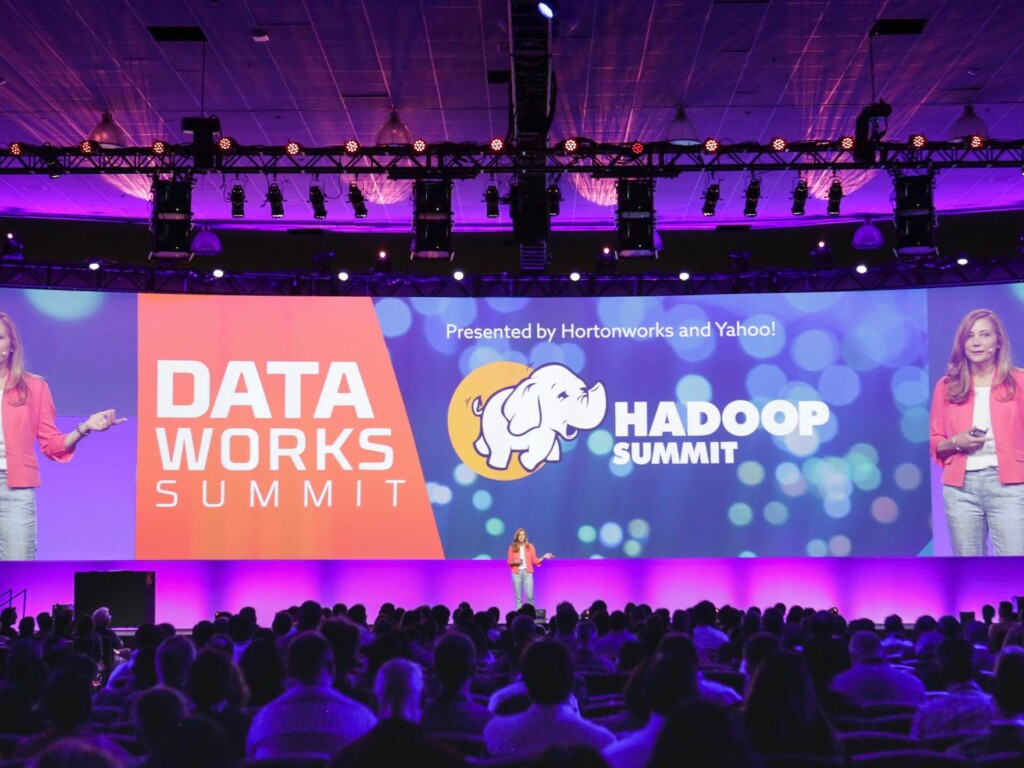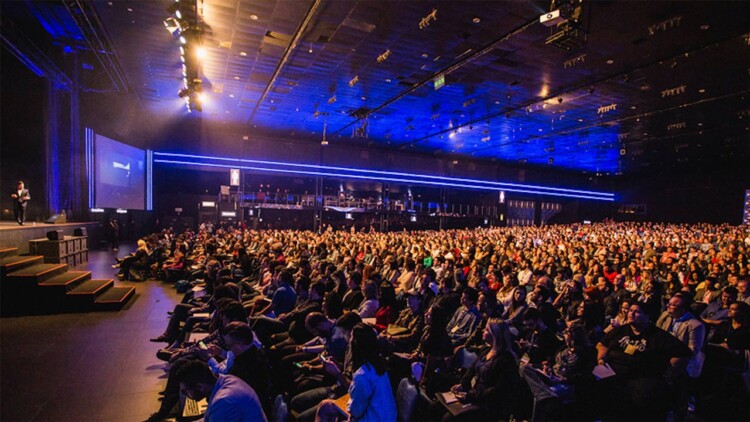When the Covid-19 pandemic first struck in March 2020, most of us thought that live events and gatherings would be on hold for a few weeks. Surely by fall we all would be meeting in person again. Turns out we misjudged, both personally and professionally. A temporary hold on in-person events became a dead halt, forcing companies to figure out how to gather teams, drive revenue, and court customers without in-person gatherings.
Last fall, things seemed to be on the uptick. After over a year of virtual events, in-person events began to return. Then came the Omicron wave and bang, another round of shutdowns. What does all this mean for the future of corporate events?
The answer: Hybrid events, which include both an in-person and online component.

Melissa Park is the founder and CEO of Melissa Park Events.
Heist Creative
With the introduction of new Covid variants and spiked cases, as well as ongoing global travel restrictions for the foreseeable future, Park is encouraging all clients to plan for and promote hybrid offerings from now on – from the outset. “It’s a little more work, sure, but it provides certainty that your event will actually be delivered in some way, shape or form,” says Park.
While the virtual model has its benefits, including cost efficiency and easier access to key participants in a timely manner, Zoom fatigue has become an undeniable reality of modern life. People still long for the human connection that comes from meeting face-to-face. This is why Park does not believe virtual events will replace in-person events completely. At the same time, you can use digital platforms to expand your reach and access those who otherwise could not attend with the aim of converting them to in-person or recurring virtual events in the future. Hybrid is the perfect solution, pandemic or not.
Park offers these tips to help companies succeed with hybrid events:
● Remember: A hybrid event needs more production than simply live-streaming the in-person content. While you will share content between the two mediums, to be truly effective, the virtual element of a hybrid event needs to be designed as a standalone experience and your budget needs to reflect that.
● Make sure you and your team are clear on the event’s mission and goals for each type of experience: in-person and virtual. Yes, your virtual component needs its own mission and goals since it’s a totally different experience those attendees will be receiving. The two sides of your event cannot be judged the same. We often like to skip the boring tasks and move straight into the fun stuff like decor, entertainment, signage, food and beverage. But the clearer you are on your mission and goals, the more streamlined your entire event and its marketing will be.
● Create from your attendees’ perspective. Once you’ve defined what you want to achieve, it’s time to jump inside the mind of your target audience so you can create from their perspective. What are their pain points? How can your event solve them? What’s it going to take for your event’s marketing material to cut through the sea of digital noise? What’s it going to take to get them to purchase a ticket or register to attend?
● Design your proposed program before you select your virtual platform. Not all virtual platforms are created equal. At first glance, it’s easy to assume they all offer the same basic features and capabilities. However, when you delve a little deeper you may discover attendee caps, simultaneous session restrictions, limited gamification, and minimal engagement, networking and branding opportunities. With your proposed program in-hand, you’ll be able to find a platform that offers a great experience and achieves your mission and goals.
● Keep it tight! Distractions are everywhere. Through the use of livestreaming technology, delivery of both the in-person and virtual versions of an event can happen simultaneously. However, you will not be able to hold the attention of virtual viewers anywhere near as long. This is why you should create a shorter modified virtual program that’s less than two hours total. Livestream the keynote and any breakout sessions with notable speakers and then provide virtual attendees with access to a library of presentations they can watch at their convenience.
● Don’t force engagement for engagement’s sake. It has to make sense. We’ve seen this with in-person events. Offering keynotes, group sessions, breakout sessions, 1:1 meetings, wellness activities, networking opportunities, VIP dinners, partner/customer dinners, parties, side summits, and an exhibition hall might not be strategic. The same goes for virtual event engagement. If you ask an attendee to do a million little things, you’re going to confuse them and lose them. Work out what offerings actually are going to help you achieve your goals and then remove everything else.

Park has found her life purpose in helping people organizing the most impactful events.
Melissa Park Events
Park says she was “the helper” at every neighborhood party when she was a kid, and even spent hours helping her mom with staffing for her corporate job. She kept to-do lists from the age of six and studied marketing in college. But it was when she discovered event planning that she knew she’d found her life purpose.
“I’ve made it my mission to seek out and surround myself with the absolute best in and out of the events biz throughout the last 20 years,” Park says. “I’ve made intentional strategic moves, including a physical relocation to the U.S. in 2014, that have enabled me to build a thriving global business based solely on referrals and recommendations.”
Melissa Park Events had 30 live in-person client events confirmed on the 2020 calendar when the pandemic struck. In the blink of an eye, the world went into lockdown and all 30 events got canceled, wiping out 100% of company revenue. Once the initial shock wore off, Park took stock. Rather than jump straight onto the virtual event bandwagon, she created her first digital course, The Mel-Factor Method “to change the way professionals plan events.” This has been tremendously successful and led to Park developing other online offerings.
If you’re someone who is struggling to find your purpose or looking for a career change, Park recommends asking yourself these three questions: 1. What lights your heart on fire? 2. What are you great at doing? 3. How can you better serve the world, your ideal client or your future employer and their customers?
“If you can find a career that falls within the cross-section of each of these, go all in! What’s the worst that can happen? If it doesn’t work out, I guarantee there is something even more amazing waiting around your next corner for you,” says Park.
Author: MeiMei Fox
Source: Forbes




